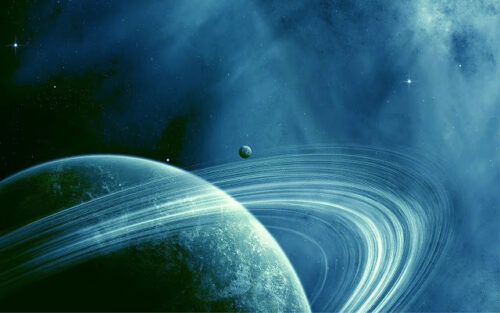
Origin of Life on Earth-Like Planets May Be More Probable Than Previously Thought: New Insights from Scientific Research
The existence of life on Earth has long captivated scientists and sparked curiosity about the possibility of life on other Earth-like planets.
A recent paper challenges the widely accepted theory proposed by astrophysicist Brandon Carter, revealing flaws in the logic used to support it.
According to a math professor at the University of Arkansas, the presence of life on our planet provides compelling evidence that abiogenesis—the emergence of life from inorganic substances—is relatively easy on planets similar to Earth.
This groundbreaking research refutes the conclusions drawn from the “Carter argument.”
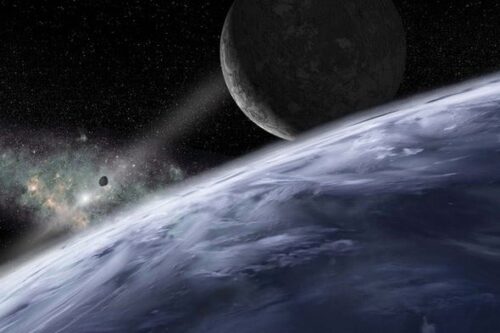
For years, scientists and enthusiasts alike have pondered whether the presence of life on Earth offers any insight into the likelihood of abiogenesis occurring elsewhere.
It’s a question that has perplexed and fascinated many, pushing the boundaries of our understanding.
Astrophysicist Brandon Carter argues that the selection effect of our existence hinders our ability to observe and draw conclusions about the likelihood of life existing elsewhere.
He asserts that understanding life on Earth holds, at best, neutral value in assessing the nature of life on other Earth-like planets.
Carter suggests that since Earth was not randomly chosen from all Earth-like planets, it cannot be considered a typical representative.
However, retired astrophysicist and University of Arkansas mathematics instructor Daniel Whitmire presents a compelling counter-argument, pointing out the flawed logic in Carter’s theory.
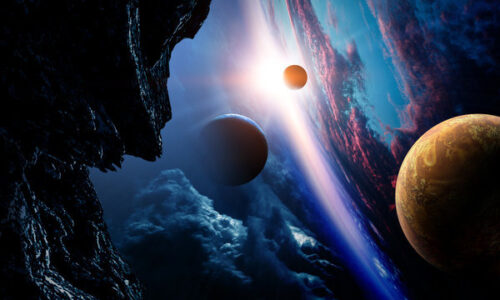
Whitmire contends that Carter’s theory falls victim to “The Old Evidence Problem” in Bayesian Confirmation Theory, a method used to update theories or hypotheses based on new evidence, despite its widespread acceptance.
Whitmire provides examples of how this formula is applied to calculate probabilities, emphasizing the role of old evidence.
He introduces the concept of conception analogy, wherein one can argue, similar to Carter, that their existence remains regardless of the ease or difficulty of their conception.
Whitmire assigns values to propositions denoting “hard” conception with contraceptive use and “easy” conception without contraception.
Building on this analogy, Whitmire highlights the significance of treating his existence as old evidence. By doing so, he concludes that it is much more probable that his conception was easy.
Drawing a parallel to abiogenesis, he suggests that the existence of life on Earth, as old evidence, significantly increases the probability of abiogenesis being easy on other Earth-like planets.
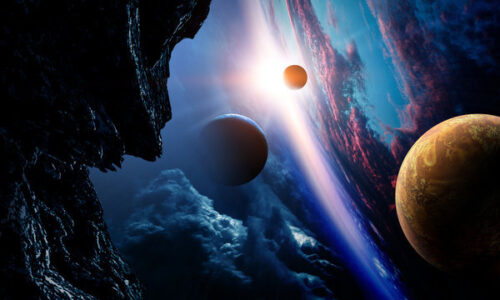
In essence, the evidence of life on Earth carries substantial weight in supporting the case for life on similar planets.
Consequently, our own existence implies that life is more likely to emerge on other Earth-like planets, potentially extending to recent discoveries like the “super-Earth” type planet LP 890-9b, located 100 light years away.
These new insights challenge our previous notions and broaden the possibilities for the origin of life in our universe. Scientists are now compelled to reconsider the probability of life on Earth-like planets and explore the potential for habitability beyond our own planet.
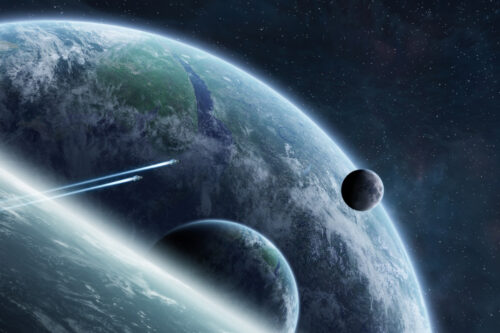
The quest to unlock the mysteries of the universe continues, fueled by the tantalizing prospect of life existing elsewhere.
